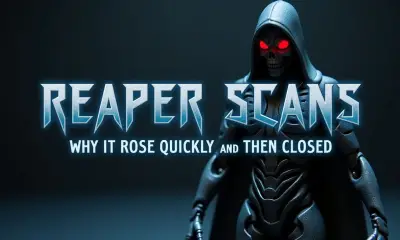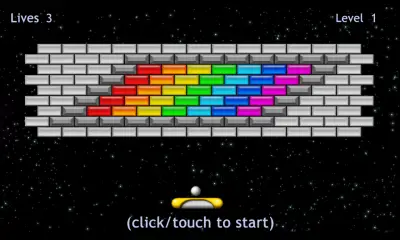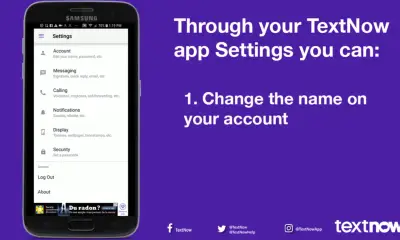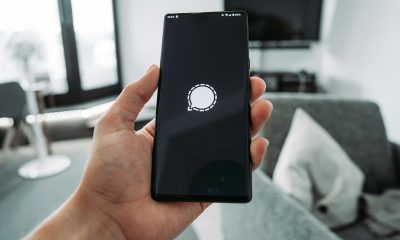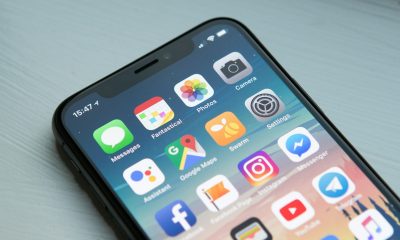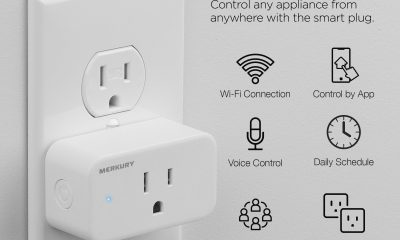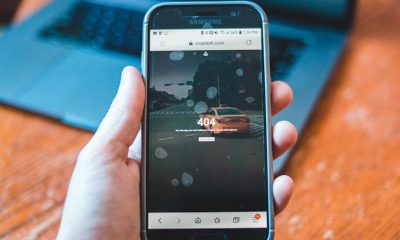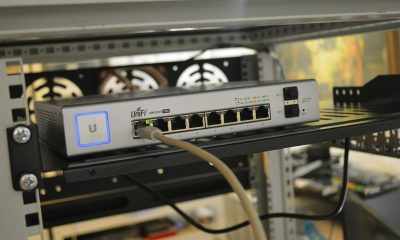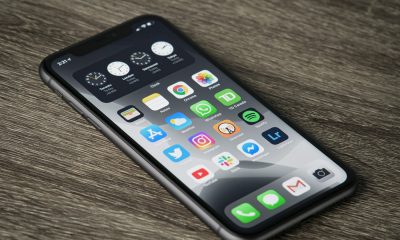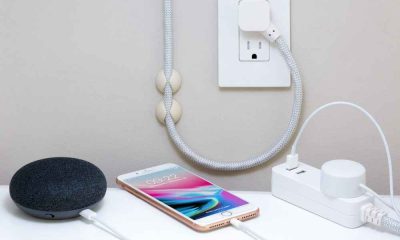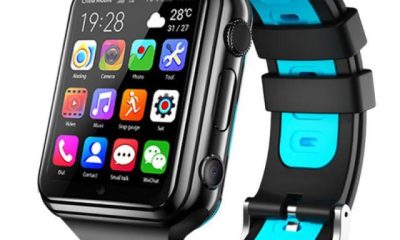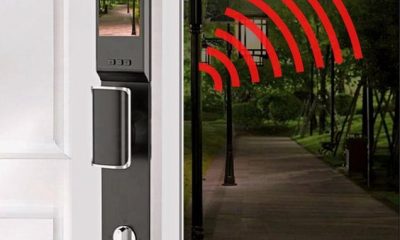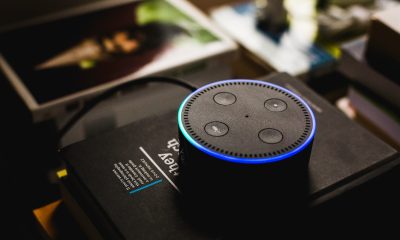Guides
Apple Teleport Explained: Reality or AI Illusion?

Introduction
In today’s fast-moving tech world, rumors and futuristic ideas spread faster than ever. One of the most fascinating recent topics is something called Apple Teleport. Across social media, blogs, and online discussions, people are asking: has Apple secretly developed a teleportation device that allows instant travel from one place to another? Or is it all just another internet illusion created by AI and creative editing?
The concept of teleportation has long captured human imagination. From science fiction movies to futuristic predictions, the idea of instantly moving across space feels like the ultimate breakthrough. The thought of Apple, one of the most innovative companies in the world, being behind such a project makes the idea even more tempting to believe.
But how much of this is fact, and how much is fiction? In this article, we’ll dig deep into the Apple Teleport story, separate reality from speculation, and understand why it has gone viral.
What Is “Apple Teleport”?
Apple Teleport refers to a rumored futuristic device supposedly created by Apple that enables teleportation—moving people or objects instantly from one location to another. Some claims even suggest it could cost millions of dollars. The idea sounds groundbreaking, but the reality is very different.
At this moment, Apple has made no announcement about teleportation. There are no official products, patents, or scientific evidence to suggest Apple is working on such technology. Instead, what we see is a viral blend of:
-
AI-generated videos and images that make the concept look real.
-
Speculative blog posts that present the idea as if it were a leaked project.
-
Public fascination with sci-fi and Apple’s history of surprising innovation.
In short, Apple Teleport is a fictional narrative—an online myth fueled by our desire for futuristic breakthroughs.
Why the Idea Spread So Quickly
The rapid spread of Apple Teleport can be explained by several factors:
-
Human fascination with teleportation: People have always dreamed of skipping planes, cars, and delays to appear instantly anywhere in the world.
-
Apple’s reputation: Because Apple has introduced game-changing products like the iPhone and Vision Pro, attaching its name to any futuristic concept instantly grabs attention.
-
AI content: High-quality AI images and deepfake videos make the impossible look believable.
-
Viral media culture: Online platforms thrive on sensational stories, which quickly multiply before being fact-checked.
The result is a modern tech myth that feels plausible enough to spark excitement, even though it has no scientific or corporate backing.
The Science Behind Teleportation
To understand why Apple Teleport is not real, let’s look at what teleportation actually means in science.
Quantum Teleportation
In physics, quantum teleportation is a real process where the quantum state of a particle is transferred from one particle to another using entanglement. However:
-
This does not move the physical object, only information about its state.
-
It works only for microscopic particles like photons or electrons.
-
It requires classical communication and cannot exceed the speed of light.
This is very different from the science fiction idea of teleporting people or objects.
The Barriers to Human Teleportation
For teleportation of a person, you would need to:
-
Scan and record every atom in the body (an impossible amount of information).
-
Transmit that data instantly to another location.
-
Rebuild the person atom by atom with perfect accuracy.
Not only is this beyond current technology, but it also raises deep questions about energy, identity, and the laws of physics. Simply put, teleporting humans or objects as imagined in movies is not possible with today’s knowledge.
Real Apple Technologies That Get Confused
Part of the reason Apple Teleport stories feel believable is that Apple is genuinely working on futuristic projects—though none involve teleportation.
Spatial Computing & Vision Pro
Apple’s Vision Pro headset represents a huge step in immersive technology. It allows users to experience augmented and virtual reality in ways that make them feel “present” somewhere else. While not teleportation, it creates the illusion of being transported to a new environment.
Apps Named “Teleport”
There are actual apps in the Apple ecosystem with the name “Teleport”:
-
A drone control app that lets you fly from a first-person view.
-
A 360° photography app that allows immersive exploration.
-
Older Mac software for sharing mouse and keyboard across devices.
These applications have nothing to do with physical teleportation, but the shared name contributes to confusion.
The Role of AI in Creating the Illusion
The Apple Teleport myth highlights the growing influence of AI in shaping online narratives. With generative AI tools, creators can easily produce images and videos of futuristic devices that look convincing. Articles written by AI or styled to look like news reports add credibility.
This blurring of reality and fiction makes it essential to practice media literacy. Before believing extraordinary claims, check:
-
The source: Is it official, or just a speculative blog?
-
The science: Does the idea align with known physics?
-
The evidence: Are there prototypes, patents, or announcements?
Applying these checks quickly reveals that Apple Teleport is a fascinating illusion, not a real product.
Why We Want to Believe
Beyond technology, the popularity of Apple Teleport reflects something deeper: the human desire for freedom and convenience. Teleportation represents:
-
Freedom from travel delays
-
Instant global connection
-
A futuristic lifestyle
Just like flying cars or time machines, teleportation captures our imagination because it represents a leap into the impossible. Attaching the concept to Apple adds trust and believability, even if the facts don’t support it.
The Future of “Teleportation” Experiences
While physical teleportation remains impossible, Apple and other companies are building technologies that simulate similar experiences:
-
Augmented reality (AR) lets you overlay digital elements on the real world.
-
Virtual reality (VR) immerses you in fully digital environments.
-
Holographic communication could make distant meetings feel face-to-face.
-
Ultra-fast connectivity may make remote work and collaboration seamless.
These are not teleportation in the physical sense, but they create the feeling of being somewhere else without moving your body.
How to Separate Fact from Fiction
Here are practical steps to evaluate claims like Apple Teleport:
-
Check Apple’s official announcements—if it’s not in a keynote, press release, or patent, it’s likely false.
-
Examine the visuals—many viral images are AI-generated. Look for signs like unrealistic reflections or odd details.
-
Assess scientific plausibility—does it align with known physics?
-
Compare multiple sources—if only one site reports it, be skeptical.
-
Remember the motive—clickbait stories exist to grab attention, not to inform.
These steps protect you from being misled by viral myths.
Read More: FintechZoom Review: Everything to Know in 2025
Conclusion
Apple Teleport is one of the most fascinating tech rumors in recent years, but it’s important to see it for what it is: a modern myth fueled by AI, speculation, and our love for futuristic dreams. Apple has not developed a teleportation device, nor is there scientific evidence to support the possibility of moving people or objects instantly across space.
Instead, what we are witnessing is the power of imagination combined with the realism of AI-generated media. While physical teleportation is impossible today, Apple continues to push boundaries in spatial computing, AR, and immersive experiences that bring us closer to futuristic lifestyles in other ways.
The takeaway is clear: we should enjoy these concepts as creative visions but approach them with critical thinking. The future will bring amazing innovations, but teleportation is not among them—at least not yet.
FAQs
1. Is Apple Teleport real?
No. Apple Teleport is not a real product. It is a fictional concept spread through AI videos and speculative articles.
2. Why do people believe in Apple Teleport?
Because of Apple’s reputation, realistic AI visuals, and the appeal of teleportation, many find the story convincing even without evidence.
3. Has Apple ever mentioned teleportation?
No. Apple’s focus is on real technologies such as AR, VR, and spatial computing, not teleportation.
4. Could teleportation ever be possible?
Quantum teleportation of particles is real, but teleporting people or objects is impossible with current science.
5. What is the closest thing to teleportation today?
Immersive technologies like Apple Vision Pro, AR, and VR simulate the feeling of being somewhere else instantly, though they do not move matter.
-
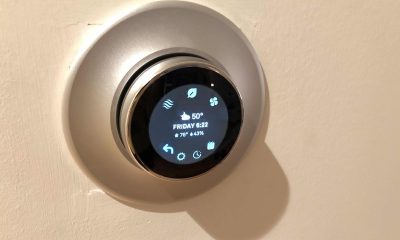
 Gadgets2 years ago
Gadgets2 years agoDoes Nest Thermostats Contain Cameras Or Microphones? Is It Safe For you?
-
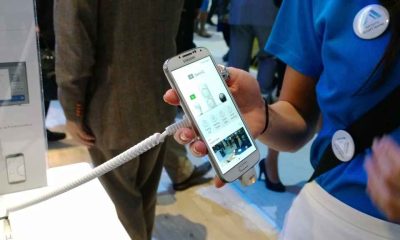
 Guides1 year ago
Guides1 year ago10 Best Apps To Control All Your Smart Home Devices.
-

 Gadgets2 years ago
Gadgets2 years agoWhat Is The Purpose Of Red Button On The SimpliSafe Keypad?
-
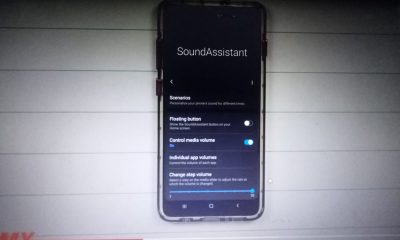
 Gadgets2 years ago
Gadgets2 years agoComplete Guide About Equalizer settings for Samsung-Soundbar
-
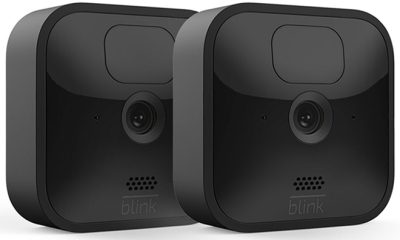
 Accessories2 years ago
Accessories2 years agoBlink Camera’s Temperature Sensor Settings, and More
-

 Solutions3 years ago
Solutions3 years agoWhy is My Samsung TV Picture So Dark? Exploring the Possible Causes
-

 Gadgets3 years ago
Gadgets3 years agoFitbit Symbols Meaning: What Do The Fitbit Icons Mean?
-

 Accessories2 years ago
Accessories2 years agoCan Siri Control Samsung Televisions And Are Samsung TVs Homekit Compliant?


